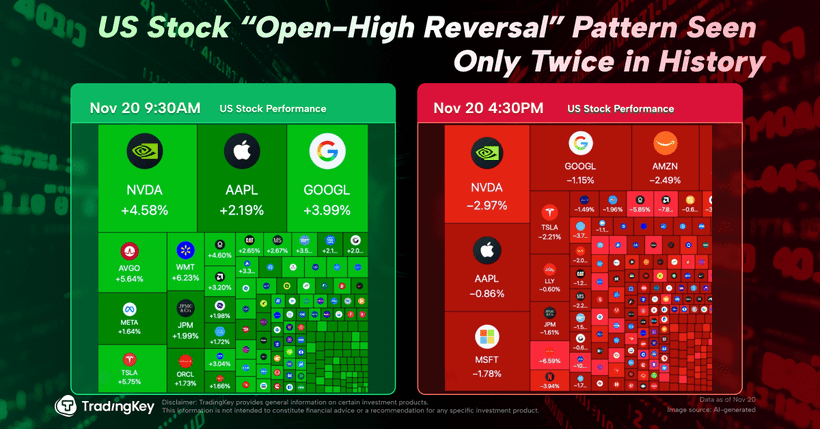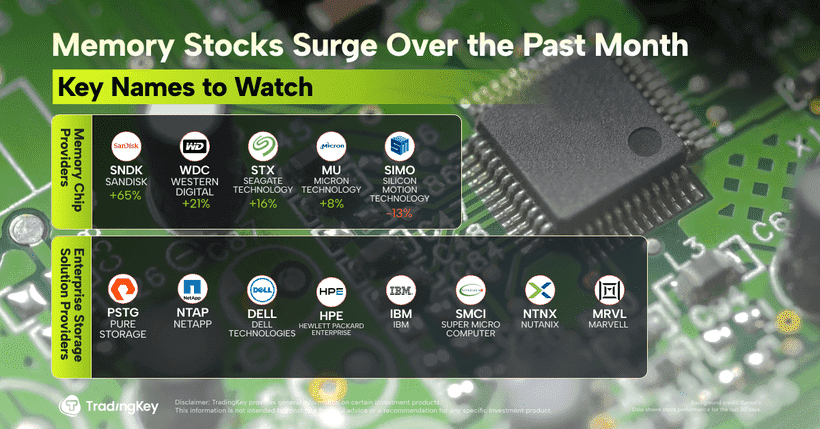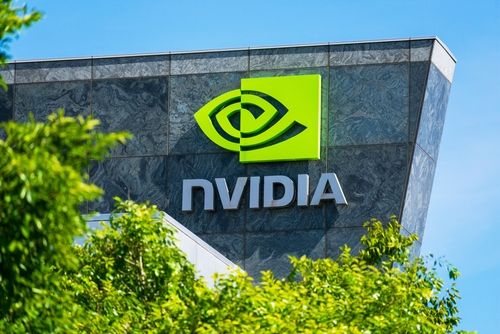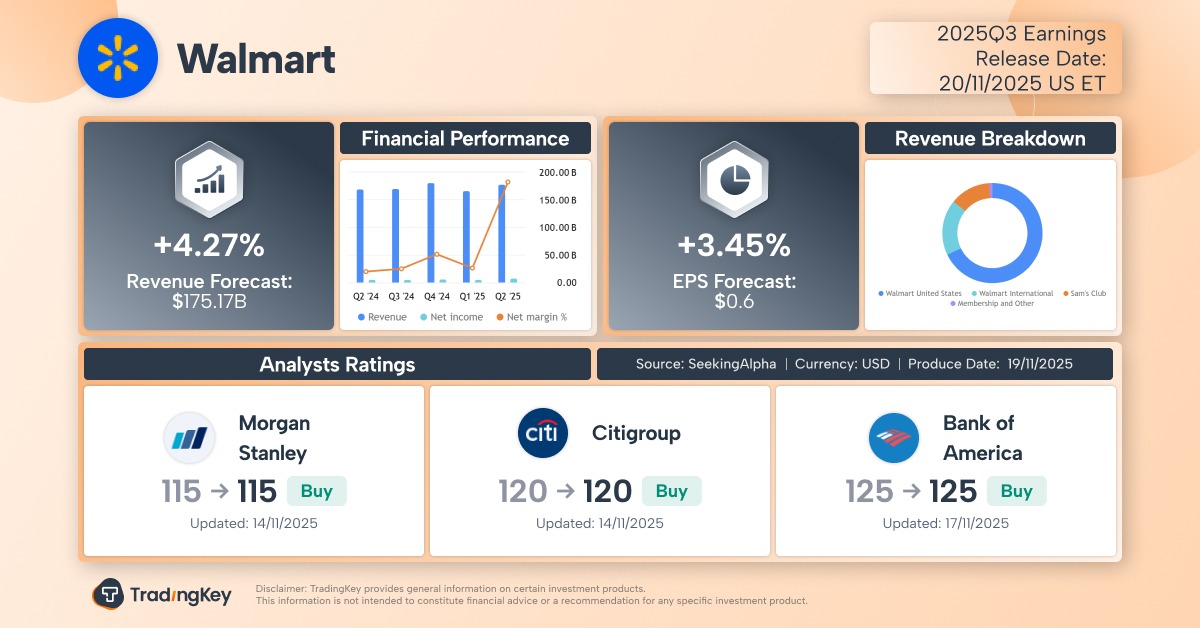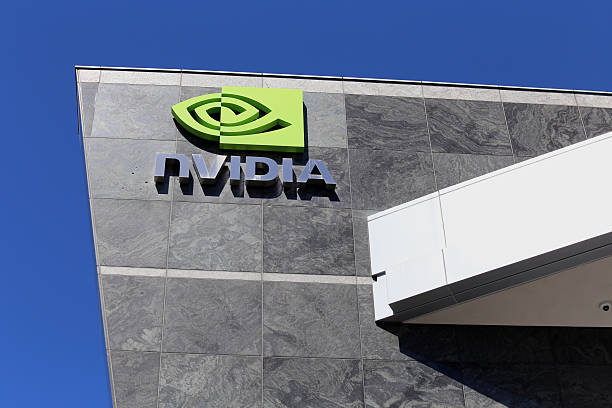Walmart Q3 Earnings: Nasdaq Shift Signals AI Ambitions Amid E-commerce Boom

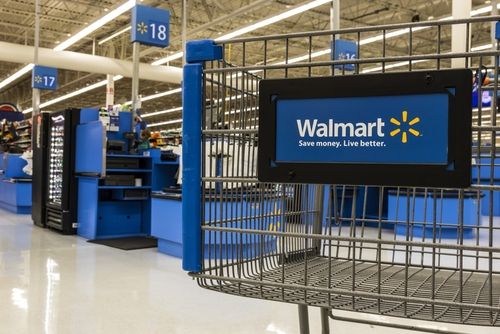
TradingKey - In stark contrast to US retailers like Target and Home Depot struggling amidst economic uncertainty, America’s largest retailer, Walmart (WMT), maintained robust growth in Q3 2025. Its fiscal year 2026 Q3 earnings report once again proved the company's resilience in a trade-down economy and its expanding e-commerce capabilities. Furthermore, the announced move to the Nasdaq exchange marks a historic step toward its goal of an AI-driven "New Retail Era."
For the third fiscal quarter ending October 2025:
- Walmart’s revenue grew by 5.8% year-over-year to $179.5 billion.
- Earnings per share (EPS) rose to $0.62.
- Both metrics exceeded analyst consensus forecasts.
Despite management reiterating concerns over dynamic consumer activity and tariff cost impacts, Walmart raised its full-year fiscal 2026 guidance for the second time this year. The full-year net sales growth forecast was increased from the previous 3.75%-4.75% range to 4.8%-5.1%.
This optimism is driven by continued double-digit e-commerce growth and the ability to attract customers across all income levels with its value proposition.
A "Counter-Cyclical Beneficiary" Thriving in Economic Headwinds
Walmart cemented its status as an economic powerhouse:
- E-commerce Surge: After growing 26% in Q2, e-commerce sales accelerated another 27% year-over-year in Q3. US e-commerce and International e-commerce sales grew by 28% and 26%, respectively. The acceleration in Walmart's US e-commerce revenue marks the third consecutive quarter of speed-up and the highest growth rate in over four years.
- Advertising Boost: The expanded e-commerce business drove higher traffic, benefiting its advertising segments. US advertising revenue increased by 33% year-over-year, and global advertising grew by 53%.
Amid slowing economic momentum, consumers have become increasingly price-sensitive, making Walmart, with its everyday low prices and convenience, one of the few "counter-cyclical beneficiaries."
Walmart CFO John David Rainey stated that consumer habits did not change during the quarter—shoppers remain selective and continue to seek value. Walmart gained greater market share across all income groups, with a particularly notable inflow of higher-income shoppers.
Nasdaq Switch: New Battlefield, New Narrative
While the appeal to all income groups and robust e-commerce growth are not new for Walmart, the latest announcements—a move toward the "New Retail Era" and the planned migration to the Nasdaq Stock Market—represent a historic adjustment for the storied retail giant.
Since 1972, Walmart has traded under the ticker "WMT" on the New York Stock Exchange (NYSE). It announced it will switch to the Nasdaq Global Select Market starting December 9th. With a market capitalization exceeding $850 billion, Walmart's departure is the largest in NYSE history.
Rainey indicated that the move aligns with Walmart's push toward business automation and embracing AI.
This follows the recent news that long-time CEO Doug McMillon, who led Walmart for over a decade, is retiring and backing current US market head John Furner to take the helm. McMillon described Furner as capable of leading the company through its next AI-driven transformation.
Mizuho analysts believe Walmart has completed its comprehensive digital infrastructure phase and is moving into a new era of scaled AI application and accelerated deployment of technology.
Bloomberg writer Heather Landy suggested that McMillon's success in digitalization lay in his restraint—focusing on Walmart's existing store network as the core foundation before tackling further logistics challenges. This contrasts with Kroger's aggressive strategy of building automated warehouses, which led to the closure of a distribution center this week.
The question remains: will the shift from an online/offline integrated retailer to an "AI-driven New Retail" company with a distinct technological flavor disrupt Walmart's long-standing culture and business ethos, potentially leading to investor dissatisfaction?
Given the stock's recent counter-trend rally, investors appear to be answering "No."
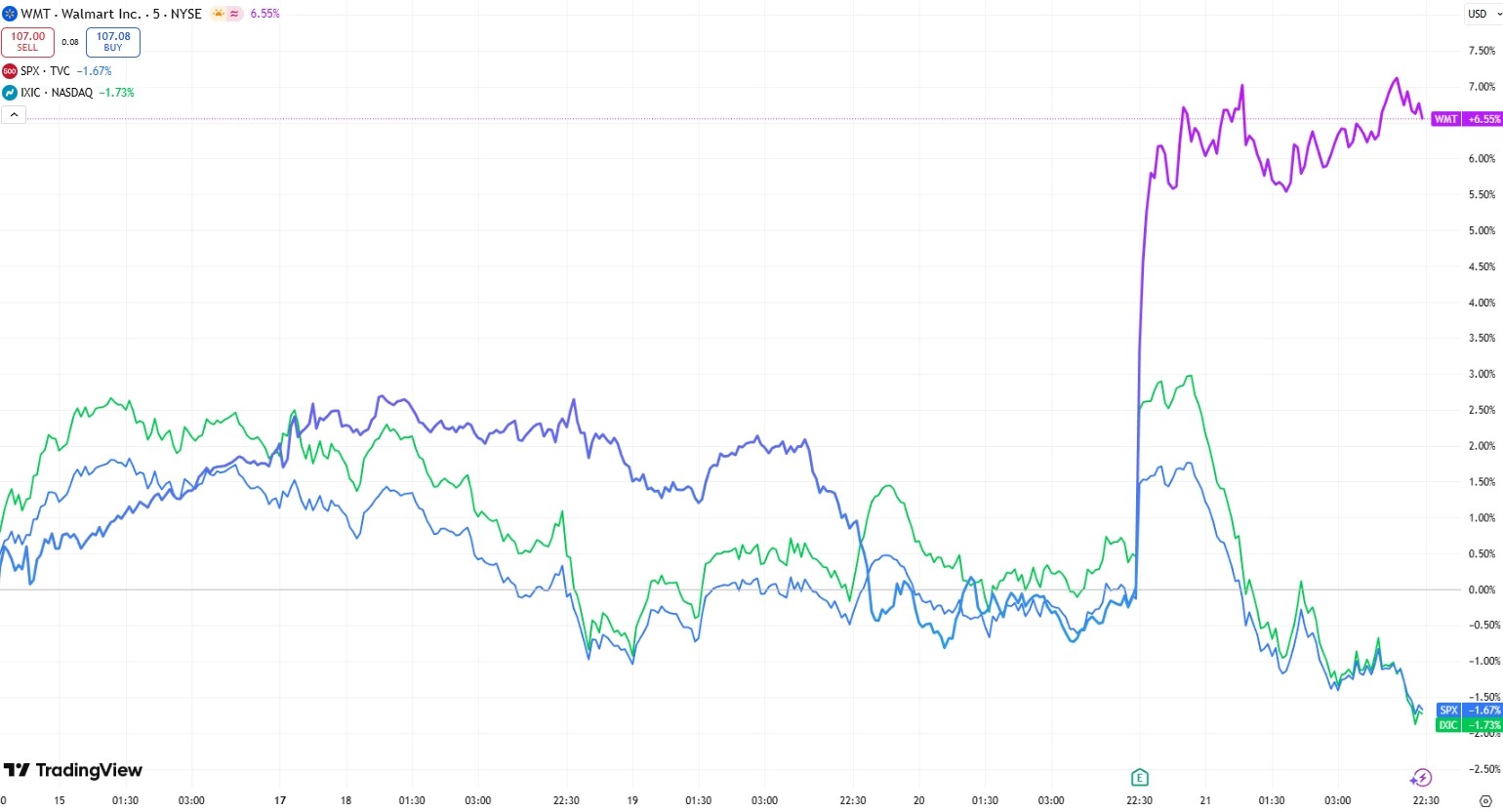
Walmart management stressed that the leadership transition and strategic changes are planned and deliberate, suggesting that skeptics may be underestimating the company's capacity for change.
Experts also point out that successor Furner, who worked his way up from an hourly associate to managing over 4,600 US stores, shares a similar cultural DNA with McMillon, having navigated the e-commerce delivery boom and supply chain crises.
From a stock perspective, the move to Nasdaq could also trigger a new wave of buying, as future inclusion in the Nasdaq 100 Index would attract passive fund inflows.


